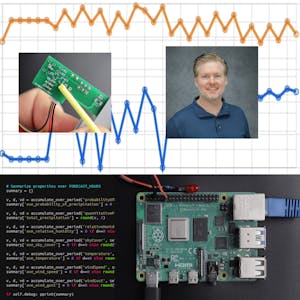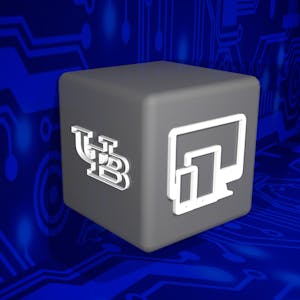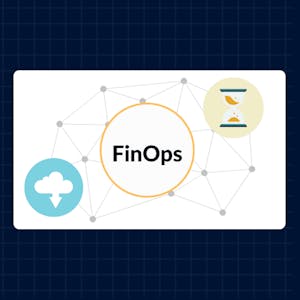Communications and High-Speed Signals with Raspberry Pi

$49
ENROLL NOWCourse Overview
Course two of this specialization is all about hardware physical layer and communication between elements of your project, how to troubleshoot high-speed signals when they don't work, and how to design your projects so they do work. We start with a review of common signal protocols available . Then, to build a deep and intuitive understanding of how circuits send and receive these signals, Module 2 explores the physics of high-frequency signals in an easy-to-follow way. Module 3 flips your thinking from the time-domain to the frequency-domain to examine the frequency components of signals and understand how unintended filtering in your circuits distorts your digital waveforms. These are "signal integrity" concepts, distilled to what you need for your Raspberry Pi projects. Now, with our knowledge of signals, Module 4 develops five rules of thumb for designing your circuits so that your high-speed signals work the first time. These five rules of thumb, combined with the experience from earlier modules, help you estimate spectral bandwidth of signals, rise time, and gain insights whether you're troubleshooting a broken design or designing something new.
Course FAQs
What are the prerequisites for 'Communications and High-Speed Signals with Raspberry Pi'?
Prerequisites for this continuing education class are set by Johns Hopkins University. Most professional development online classes benefit from some prior knowledge. Please check the provider's page for specific requirements.
Will I receive a certificate for this CE class?
Yes, upon successful completion, Johns Hopkins University typically offers a shareable certificate to showcase your new skills and fulfill your continuing education requirements.
How long does this online course take to complete?
Completion times for online continuing education courses vary. The provider's website will have the most accurate estimate of the time commitment needed.





